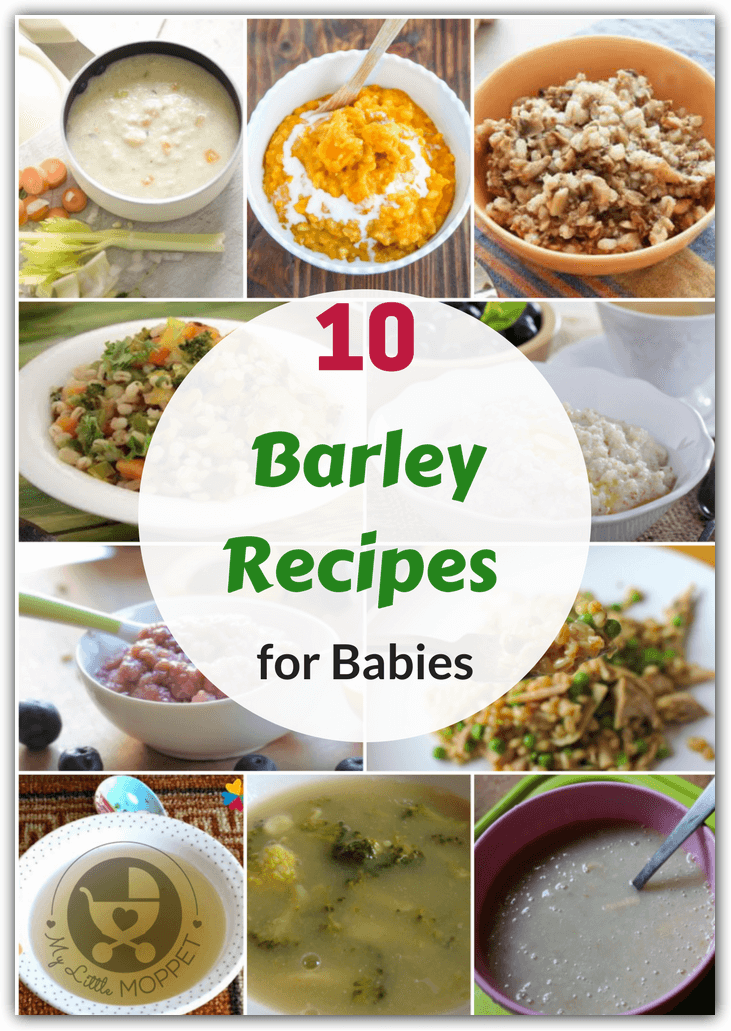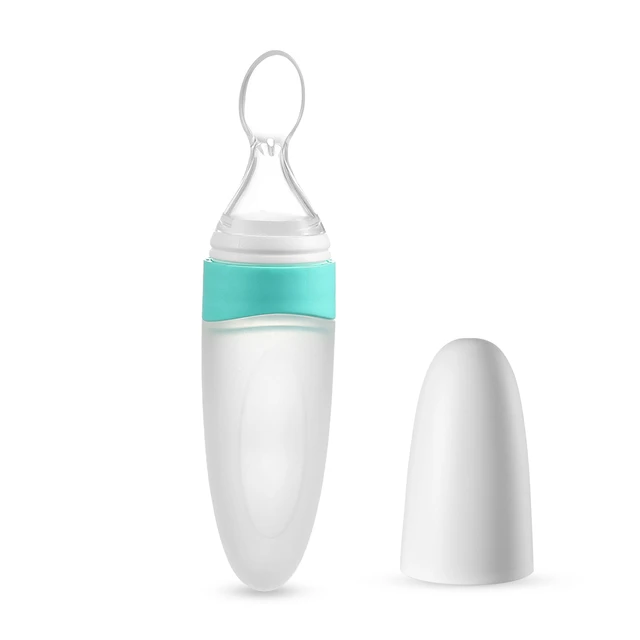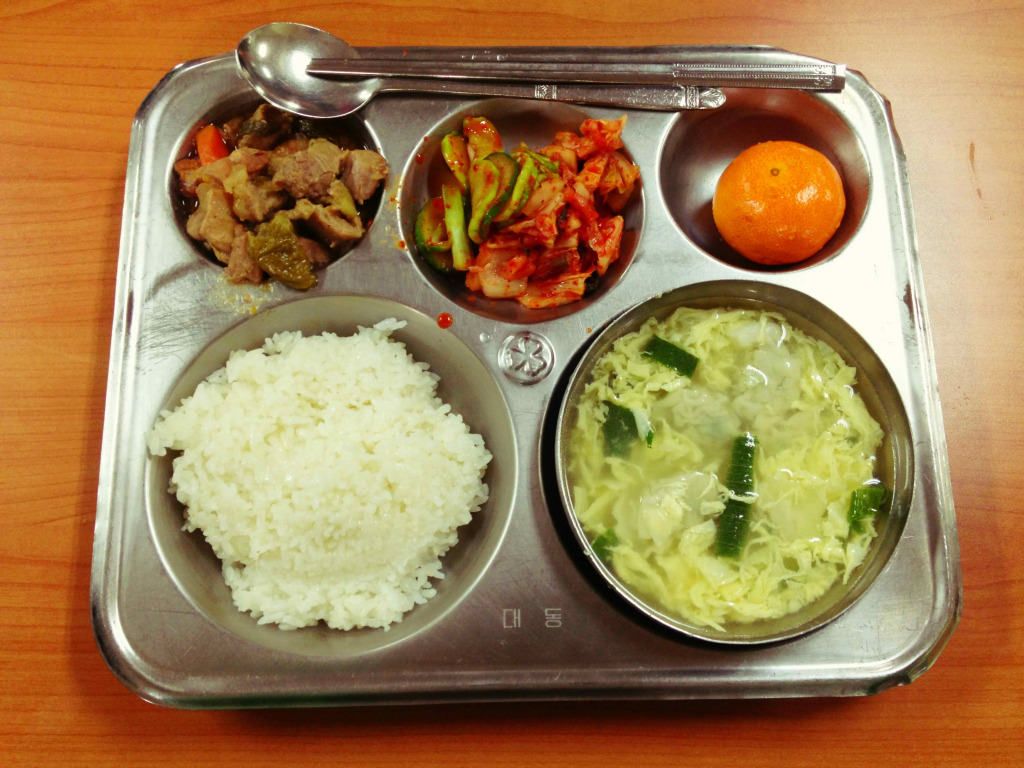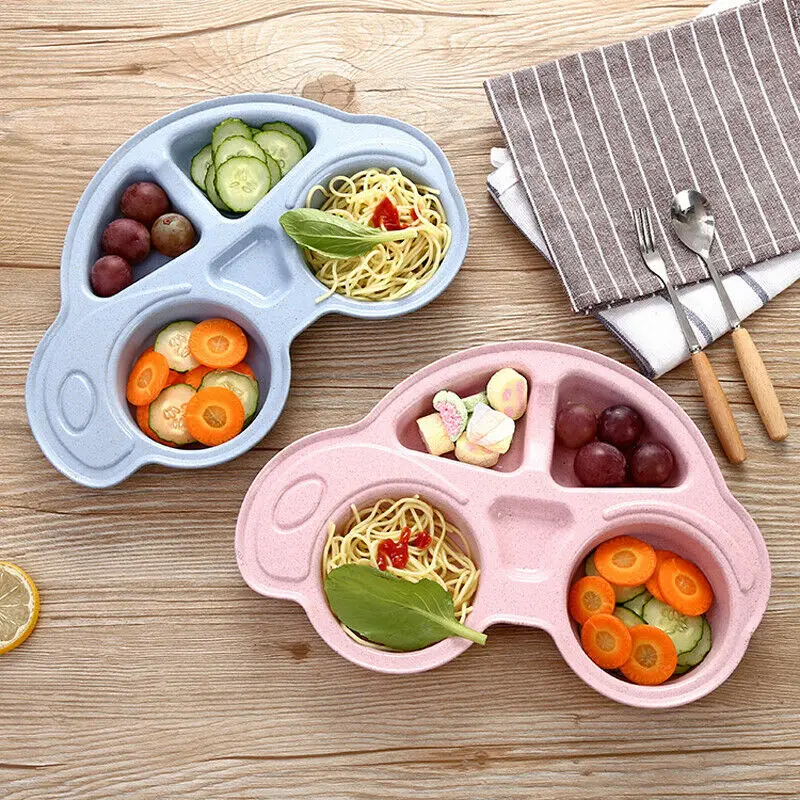Feeding baby cold formula
Can Babies Drink Cold Formula? Yes. Here's Why.
Your cart is empty
Shop formulas
You have not added any favorites yet.
Shop formulas
August 18, 2020
Can Babies Drink Cold Formula? Yes. Here's Why.
Parents may wonder, can a baby drink cold formula? Our simple answer is, yes, of course they can!
So why do we suggest warming the water first, and is there really a perfect temperature for the bottle? Also, are all babies okay with cold bottles or is that a learned preference? Keep reading, as we answer these questions and more.
Boiling Water for Baby Formula
If you visited our formula preparation guide, you will notice the first step is to boil the water. The reasoning behind this is to kill the bacteria and other microorganisms that could be present in your water.
Perhaps your water is perfectly clean, and we really hope it is! But as an extra precaution, it is highly advised to boil the water for your baby’s safety. Those microorganisms may not bother our grown-up adult body, but your baby could be more sensitive. Just play it safe.
Lastly, if you are using your tap water to prepare the water, please only fill your tea kettle or water warmer with cold water. The hot water heaters and plumbing in your house may have corrosion from running the hot water through them.
These metallic contaminants can be picked up, and boiling your water does not remove them from the water! Using the cold tap water may take longer to heat up, but it is the safest option.
Baby Bottle Warmer – is it necessary?
Many parents buy bottle warmers to bring the formula to the “perfect temperature” for their baby. While this may seem like a necessary item for new parents, many experienced parents realize this is not the only option.
While this may seem like a necessary item for new parents, many experienced parents realize this is not the only option.
In fact, many babies will drink the bottle if it is mixed with room temperature water. Perhaps you are out of the house and have a bottle of water you are using to mix the formula. Your hungry baby will drink that bottle with that room temperature water, even though it isn’t as warm as the bottle warmer will make it.
This doesn’t mean you can’t buy a bottle warmer, perhaps your baby is very finicky and will only take it warm. In this case, your bottle warmer will be a happy addition to your baby products.
Just remember, the temperature for the baby formula should never be hot. Always test it on your wrist first to make sure the baby formula is around body temperature.
Cold Formula for Baby
To save time, many parents mix up bottles for the next day and place them in the refrigerator. This is a great strategy, just remember mixed baby formula is only good for 24 hours.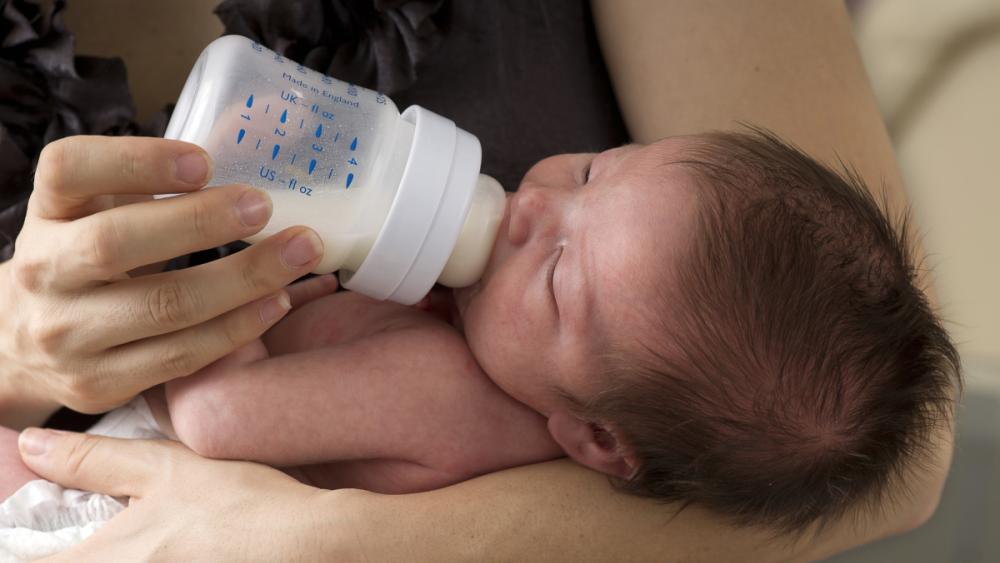
When it’s time to feed your baby, you might not want to wait for the bottle to warm up. Some parents just give the formula to the baby as it is. Drinking the bottle warm all the time could possibly lead to a learned preference for the baby. Try varying up what temperature you serve the bottle, and see if your baby really doesn’t mind.
But does cold formula upset baby’s stomach? Not really. We drink cold milk all the time, and your baby might even enjoy the milk cold – especially if they are teething!
If you have a newborn baby, you might not want to give refrigerator cold formula at first; their digestive system doesn’t need to burn extra calories or energy warming it for them.
For newborns (or finicky babies), you can take the initial chill off from the bottle by running warm water over it in the sink for a minute and swirling it. Or to conserve water, you can place the bottle in a deep bowl filled with warm water for a few minutes.
Once your baby is past the newborn stage, serving bottles directly from the fridge might end up being the preferred option for baby. Just watch your baby, and let their cues tell you what is best for them!
Just watch your baby, and let their cues tell you what is best for them!
Another note, some babies are okay with the cold milk, but they do not like the cold nipples. Try storing your bottle in the fridge with a top (some bottles have the top without the nipple). Or you can always run the nipple under warm water at the sink before serving baby.
Never warm the bottle up in the microwave! This can create hot spots in the milk, not to mention destroy the bottles and possibly leak chemical contaminates into the milk.
#1 Best Cow Milk Formula
Kendamil Stage 1
Age: 0-6 months
Size: 800g / 28.22oz
Why Choose?
Whole Milk option with MGFM, DHA/ARA from Algae Oil instead of Fish Oil, No Palm Oil
Check Pricing
#1 Best Goat Milk Formula
Holle Goat Milk Stage 1
Age: 0-6 months
Size: 400g / 14oz
Why Choose?
Biodynamic Organic A2 Whole Goat Milk, Organic Maltodextrin, No Palm Oil
Check Pricing
Conclusion
Cold formula does not hurt babies, and in fact might be the preferred temperature for your baby. Newborns shouldn’t have refrigerator cold formula, but after this stage, it is perfectly acceptable to introduce the formula cold.
Newborns shouldn’t have refrigerator cold formula, but after this stage, it is perfectly acceptable to introduce the formula cold.
Always observe your baby and don’t force your baby to have cold formula if they refuse it. It’s better to feed your baby and take the extra few minutes warming it up each time if they are finicky with cold formula.
Read Next:
Can Babies Drink Cold Formula? An Honest Answer. – Organic Life Start
As a parent of an infant, making the right feeding choices for your baby can be extremely overwhelming. Making a choice to feed formula for your little one is a major decision. Since many parents spend so much time feeding their little ones, there may be many questions, including “can a baby drink cold formula?”
It is entirely safe for a baby to drink cold formula or breastmilk. As long as your baby is happy and healthy, there is no need to be concerned about giving your little one the formula straight from the refrigerator. However, if your baby is used to being fed warm formula milk, it may be difficult for them to take the cold bottle of milk.
However, if your baby is used to being fed warm formula milk, it may be difficult for them to take the cold bottle of milk.
If a baby can drink cold formula, why is it suggested to warm the water first? Can all babies easily drink cold formula? Is cold formula safe for my baby? Here we’ll cover all these questions so that you can make healthy feeding choices for your baby.
Is Cold Formula Good For Your Baby?
For the sake of saving time, many parents prepare formula bottles for the next day and store them in the refrigerator. Although this is a time-saving strategy, it is essential to remember that prepared formulas should be used within 2 hours. This prevents bacteria buildup.
When it comes to feeding the baby, some parents just give the formula to the baby without waiting for the formula bottle to warm up. Drinking the formula cold or warm all the time could possibly be a learned preference for the baby. To check your baby doesn’t mind drinking cold or warm formula, you can serve the bottle with warmer or colder variations.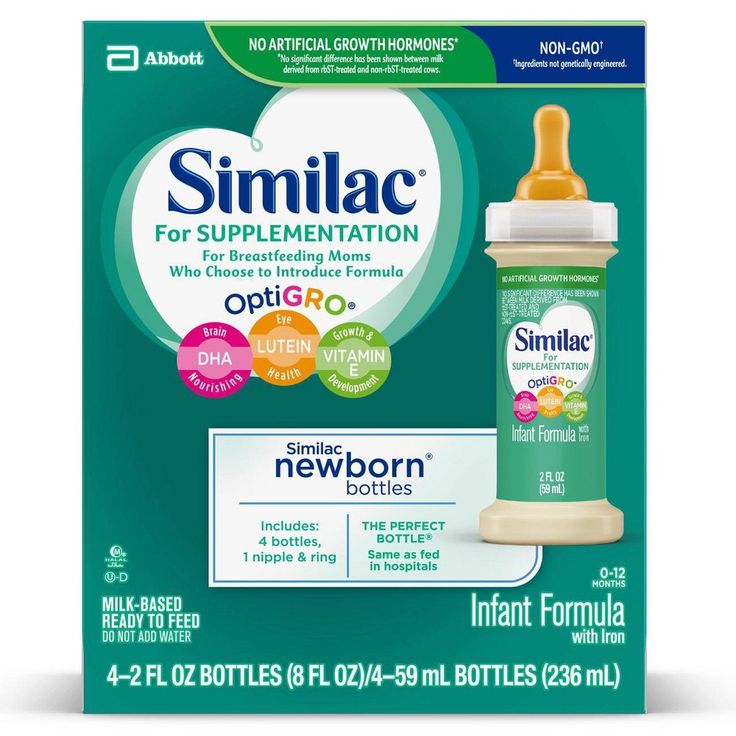
But is it true that your baby’s stomach can get upset with cold formula? No, it isn’t. The chances are your baby might enjoy drinking cold formula, especially when he/she is teething (more info on that to come!).
Many parents might not want to give formula straight from the fridge when they have a “newborn” baby; their digestive system may not tolerate it. Therefore, you can try taking the chill off from the bottle by placing the bottle in a bowl filled with warm water or running warm water over it in the sink for a few minutes.
If your baby is four to six months old, cold formula may be the preferred choice for the baby. Just observe your baby and how they respond to warm or cold formula.
An important thing to consider: your baby may be okay with the cold formula, but he/she may like the cold nipples of the bottle. For this, try placing the nipple under running warm water or placing the bottle in the fridge with a top before serving the baby.
Many parents give their baby the formula warmed in the microwave.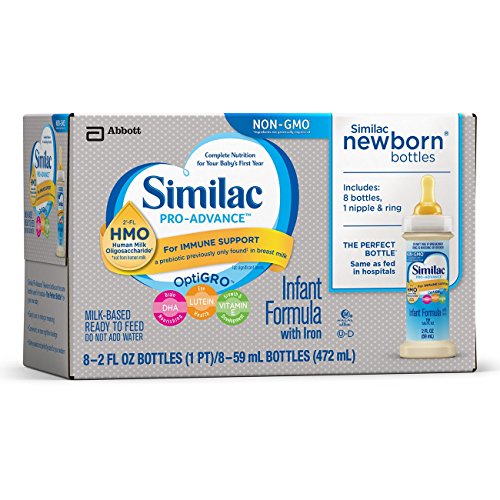 This needs to be stopped because research has shown that warming up the bottle in the microwave generates hot spots in the milk, which can burn your baby’s mouth and throat.
This needs to be stopped because research has shown that warming up the bottle in the microwave generates hot spots in the milk, which can burn your baby’s mouth and throat.
Let’s have a look at the pros and cons of giving your baby the cold formula.
Pros Of Giving Cold Formula To Your Baby
1. Avoiding The Risk Of Overheated Milk
Feeding your baby a cold formula overcomes the risk of overheating the formula. Incorrect heating leads to overheating the formula, creating hot spots and destroying essential nutrients. When you choose to give your little one a cold formula bottle, you always know that you are feeding your baby in a safe manner.
2. Giving Cold Milk Is Faster
Although it does not take very long to warm the bottle of formula milk, when you multiply that by the number of bottles fed per day, the time adds up. Filling formula milk into the bottle straight from the refrigerator reduces the time to get the formula milk ready.
3.
 It is Easier to Travel
It is Easier to TravelAs a parent, you already know how challenging it can be to leave the house with a baby. Feeding the baby makes it even harder for you while traveling because you have to ensure that your baby’s formula bottle is all prepped and appropriately stored. You also worry about when and how to feed your baby while you’re out. Not having to warm the bottle makes things a lot easier.
Cons Of Giving Cold Formula To Your Baby
1. Cold Milk Is Not An Optimal Choice For Preemies
For full-term, healthy babies, it is nothing unsafe about feeding your baby cold formula. But for premature babies, parents should warm the milk prior to feeding. In newborn intensive care units (NICU), it is a normal practice for nurses to feed babies warm milk. Since preemies have a very low birth weight, feeding cold formula causes changes in their body temperature.
However, there is no confirmed evidence on whether a cold formula is unsafe for premature infants or not.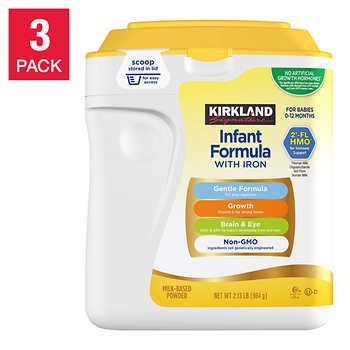 Therefore, it would be good for you to discuss this with your baby’s pediatrician.
Therefore, it would be good for you to discuss this with your baby’s pediatrician.
2. Your Baby Might Refuse Cold Formula
This is one of the most important things to consider while giving your baby the cold formula. If your baby has always been fed warm formula milk, the chances are they may refuse to drink cold formula, followed by extensive crying.
3. Risk of Bacteria-buildup
Opting to store and refrigerate the formula before using adds an increased risk of bacteria contamination due to cold milk storage. You can try to avoid some of this by always fully closing the bottle and never leaving it exposed and open to potentially come in contact with other food that may be in your refrigerator.
What If The Idea Of Feeding Cold Formula Backfires?
With the pros and cons of feeding your baby cold formula mentioned above, you have probably realized that giving your little one a bottle of cold formula isn’t always the optimal choice. If this idea backfires, we suggest you choose the option of warming up the formula bottle in a bowl of warm water.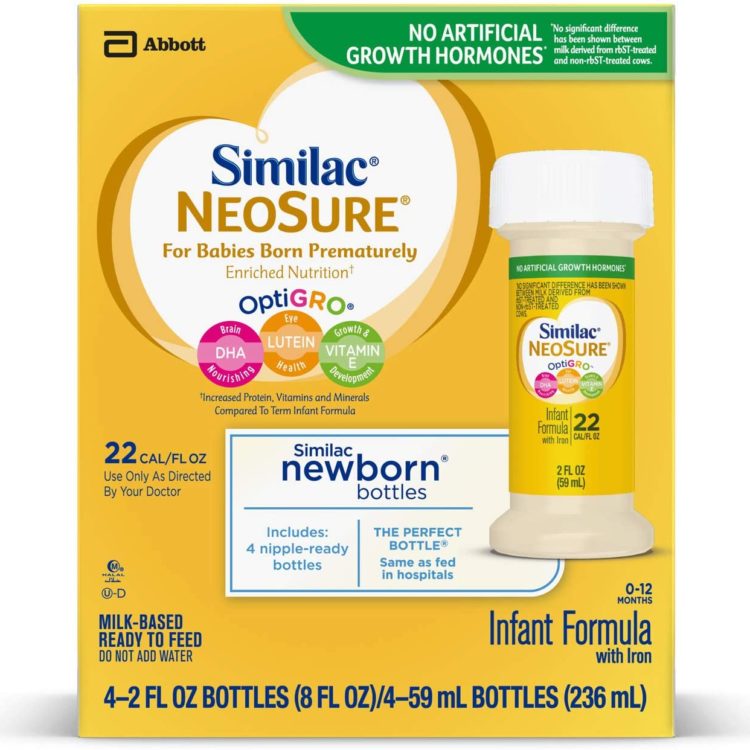 It will require one or two feedings to determine whether your baby will accept it or not.
It will require one or two feedings to determine whether your baby will accept it or not.
What Should You Do If Your Baby Doesn’t Drink Cold Formula?
If your baby needs to be fed warm milk, you should warm the formula milk by running it in the warm water or placing it in a bowl of warm water until the milk inside the formula bottle warms up. Try testing the temperature of formula milk by placing a few drops on your wrist. If it feels neutral, it means the formula milk is not too warm and not too hot.
Boiling Water For Your Baby
If you’ve ever seen the “formula preparation guide” section on the formula package, you might have noticed that the first step to preparing the formula is to boil the water. It is because boiling the water kills harmful microorganisms, including bacteria present in the water. Babies are more sensitive to these microorganisms. Therefore, boiling the water for your little one’s safety is highly advised.
Bottle Warmers For Heating The Formula
Bottle warmers may be the best portable option for heating your baby’s formula bottle to the “perfect temperature” that your baby desires.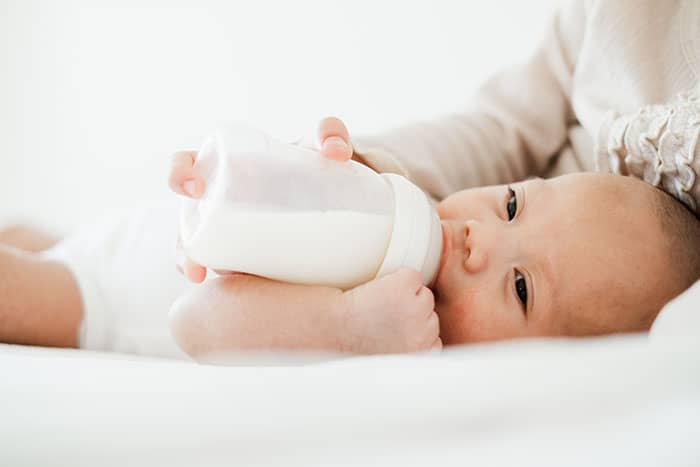
Bottle warmers are a good option because you always know that your little one’s formula milk is never overheated. They are portable and easy to use, keeping a charge for more than 12 hours. It means that you can warm up the formula bottles all day long without any hassle.
The Final Verdict
Since the cold formula is safe for your baby and is according to their preferred temperature, it is safe to give the formula to your baby that way. Newborns, especially premature infants, should not be fed formula straight from the refrigerator, but once your little one is past the newborn stage, it is entirely safe to introduce cold formula to them unless it is prepared with boiled water.
To conclude, always remember not to force your baby to drink cold formula if they cry or refuse to drink it. As a parent, it is crucial to keep your infant happy and healthy. Therefore, it is better to spare a few extra minutes from your routine to warm up the formula before feeding your baby.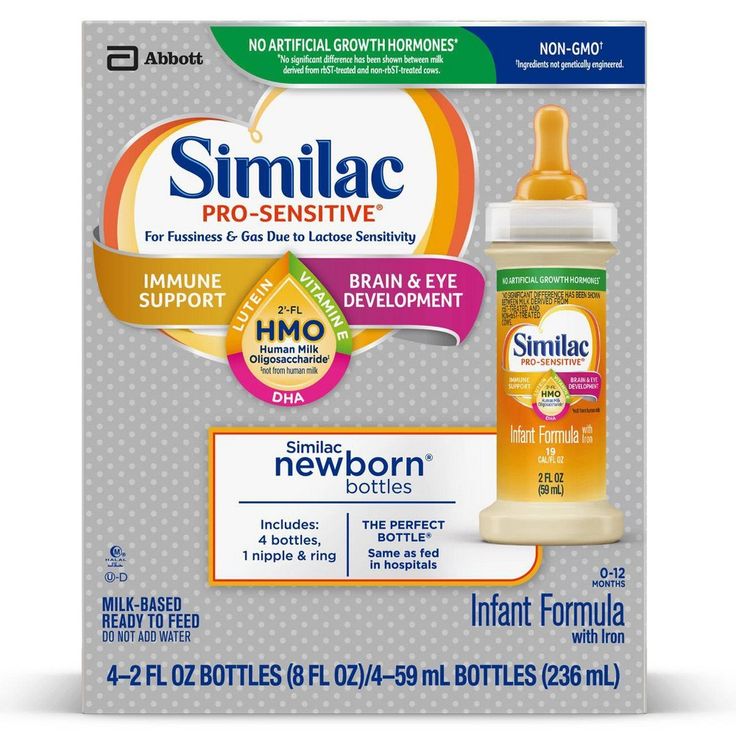
Since every parent wants their baby to grow up strong and healthy with organic baby formula, Organic Life Start has a wide range of formulas to offer. We deal in selling organic formulas from trusted European brands, like Holle, Lebenswert, HiPP, and Kendamil. Still feeling a little unsure? Reach out to us so we can help you find the right formula for your little bundle of joy!
3 Most Popular Formulas That Can Be Reheated
- HiPP Dutch Formula
- Holle Cow Formula
- Holle Cow A2 Formula
What not to do when feeding a baby from a bottle | mamaclub
If for some reason you have to bottle feed your baby with expressed milk or formula, then it is extremely important to follow certain rules so as not to harm the baby's health.
General rules
Always check the temperature of formula before offering it to a baby. Too hot mixture is unsafe, and too cold - may not please the child.
Do not heat bottled formula in the microwave.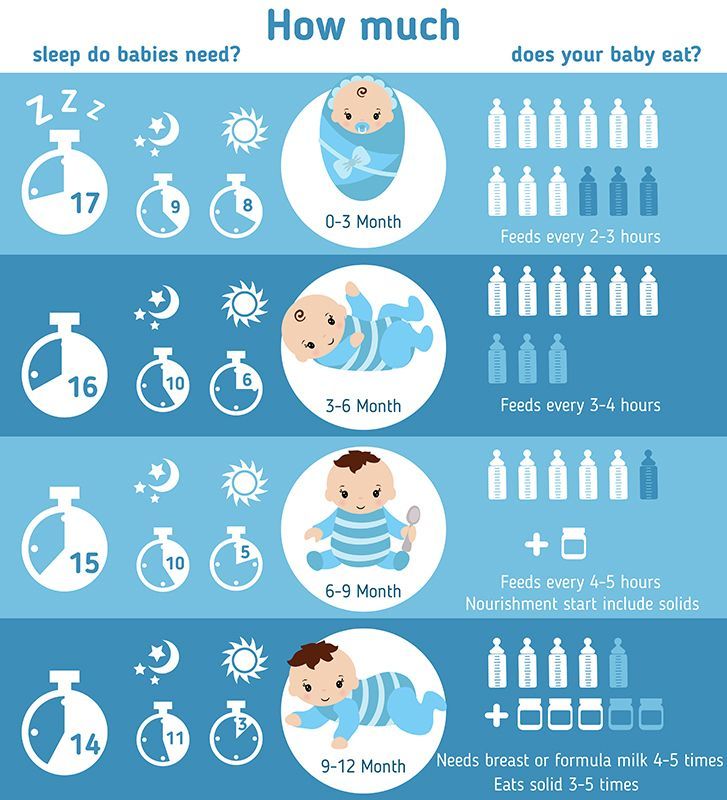 But do not think that microwaves are dangerous, everything is much more prosaic - the microwave provides uneven heating, as a result of which very hot spots form in the mixture, which can cause burns to the child's tongue or oral mucosa. nine0003
But do not think that microwaves are dangerous, everything is much more prosaic - the microwave provides uneven heating, as a result of which very hot spots form in the mixture, which can cause burns to the child's tongue or oral mucosa. nine0003
Video of the day
Do not mix formula and breast milk in advance. This mixture should be given to the child immediately, it can not be stored.
Do not feed formula that is expired or about to expire.
Do not dilute formula with cow's milk, soda, juice, or any other drink or liquid other than pure boiled water or bottled baby food.
Do not exceed recommended mixing ratios.
Baby feeding
You can feed your newborn with formula not only by the hour, but also on demand, while not exceeding the recommended doses of formula.
If the baby falls asleep while sucking formula from the bottle, there is no need to wake him up and force him to continue eating.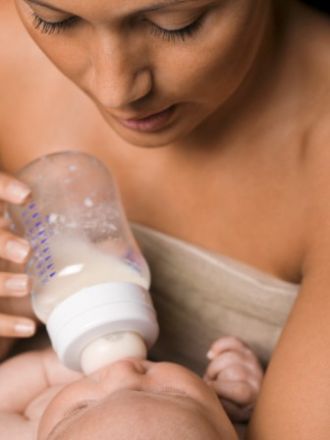
You can't even leave a bottle with a sleeping baby - it must be taken carefully, without waking the baby. You can replace it with a pacifier if needed. Sleeping with a bottle in your mouth is dangerous for a child - the baby may choke on the mixture in a dream. In addition, a long-term effect of the mixture on the child's teeth is highly undesirable - this contributes to the appearance of caries. nine0003
The prepared mixture is used for meals for one hour. Expressed breast milk can be used within 6-8 hours of storage at room temperature. After this time, the remaining milk or mixture should be discarded.
Do not let your baby suck on an empty or half empty bottle nipple. It should be constantly monitored so that there is formula or milk in the nipple of the bottle and the child does not swallow air. Otherwise, problems with colic cannot be avoided. nine0003
Bottle Care
Bottles require sterilization before first use. It is enough to boil them for five minutes so that the water completely covers the entire bottle.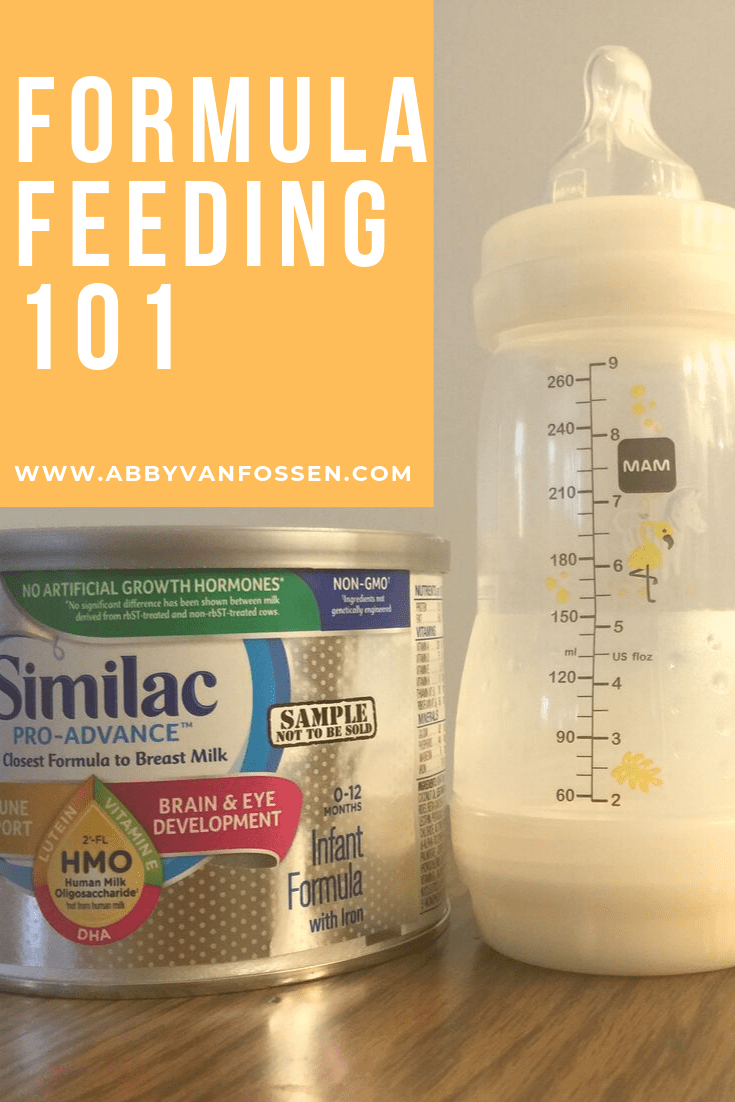 After sterilization, the bottle is laid out on a clean towel to dry.
After sterilization, the bottle is laid out on a clean towel to dry.
It is not necessary to boil the bottles after each feeding, it is enough to wash them thoroughly in hot water using a special thin brush.
Bottle sterilization is required if well, rain or other non-potable water is used for washing. nine0003
Never use cracked or chipped bottles. Worn bottles should be thrown away.
Replace bottle nipples regularly according to the manufacturer's recommendations and if they become sticky, thin, cracked or torn.
The materials on this site are recommended for general informational use and are not intended for diagnosis or self-treatment. MedOboz's medical experts ensure that all content we host is published and meets the highest medical standards. Our goal is to inform readers about the symptoms, causes and methods of diagnosing diseases as efficiently as possible. We urge you not to self-medicate, but to diagnose diseases and determine the methods of their treatment, we advise you to contact doctors. nine0003
nine0003
Popular doctors
Medications
feeding rules, types of mixtures, tips for nursing mothers
If breastfeeding is not possible, do not be upset: modern technologies make it possible to achieve maximum compliance of artificial feeding with all healthy nutrition standards. We talk about the basic rules of artificial feeding and common mistakes.
Website editor
Tags:
Health
weight loss
Children
Nutrition
VOICE recommends
The health of a newborn is directly dependent on his nutrition.
⚡️⚡️⚡️ TO STAY CONNECTED NO matter what, LOOK FOR US IN Yandex.Zen, VK, Telegram, Odnoklassniki. nine0083
nine0083
If you can breastfeed, great, this is the best food for your baby. But if for some reason natural feeding is not possible, this is not a reason to panic: there are now many healthy mixtures that can replace mother's milk. Study our rules for artificial feeding, and everything will work out!
When to switch to artificial feeding
- Inability to breastfeed for medical reasons. With some diseases, as well as when taking a number of medications, breastfeeding is prohibited, since milk can be dangerous for the baby due to the content of toxic substances. Sometimes the reason to stop breastfeeding may be the child's disease (for example, cleft lip or severe malformations). nine0094
- Cessation of lactation. If there is not enough milk or it has disappeared completely, there is nothing to do, you need to supplement the baby with mixtures. As a rule, mixed and artificial feeding solve the problem.

- Impossibility of regular feeding. For example, you can go to work or end up in a hospital, and this is not a reason to starve a child, but a reason to switch to mixed or artificial feeding: the rules for feeding and portion sizes change somewhat.
- Inadequate nutritious milk from the mother. Sometimes the problem is solved by changing your diet, but if the milk remains watery and the baby is screaming with hunger, then it's time to supplement him with mixtures, and later switch to them completely. nine0094
- The wish of the mother of the child. No matter how pediatricians talk about the benefits of breastfeeding, sometimes women who have every opportunity to breastfeed still prefer to give their baby a bottle. Well, that's your right. Just learn first the rules of artificial feeding of infants!
Rules for artificial feeding of a child
1. How to choose a formula?
It is best to consult a pediatrician, but in principle, if the baby is not lactose intolerant, any mixture that has received the approval of the Russian Union of Pediatricians will do. It is great if the mixture contains Omega 3 and Omega 6 fatty acids, they contribute to the harmonious development of the nervous system. nine0003
It is great if the mixture contains Omega 3 and Omega 6 fatty acids, they contribute to the harmonious development of the nervous system. nine0003
For example, Nutricia's "Baby" formula meets all the standards and rules of artificial feeding, is produced according to European technologies with the strictest quality control and is recommended as an alternative to breast milk even for newborns. Nutricia regularly evaluates the quality and demand for its products among consumers and doctors, analyzing the results of independent surveys of pediatricians and mothers with children up to 24 months of age.Iodine, selenium, zinc, iron with enough vitamin C (for better absorption), choline, taurine, L-carnitine are modern ingredients, the amount of which is specially selected in formulas to meet the needs of children.The quality is monitored by the Dutch research center Numico, the milk base for formulas is made in the most environmentally friendly country - Ireland, and production is open in Russia, at a plant in Istra, which received the international ISO 22000 certificate - maximum food safety control who in.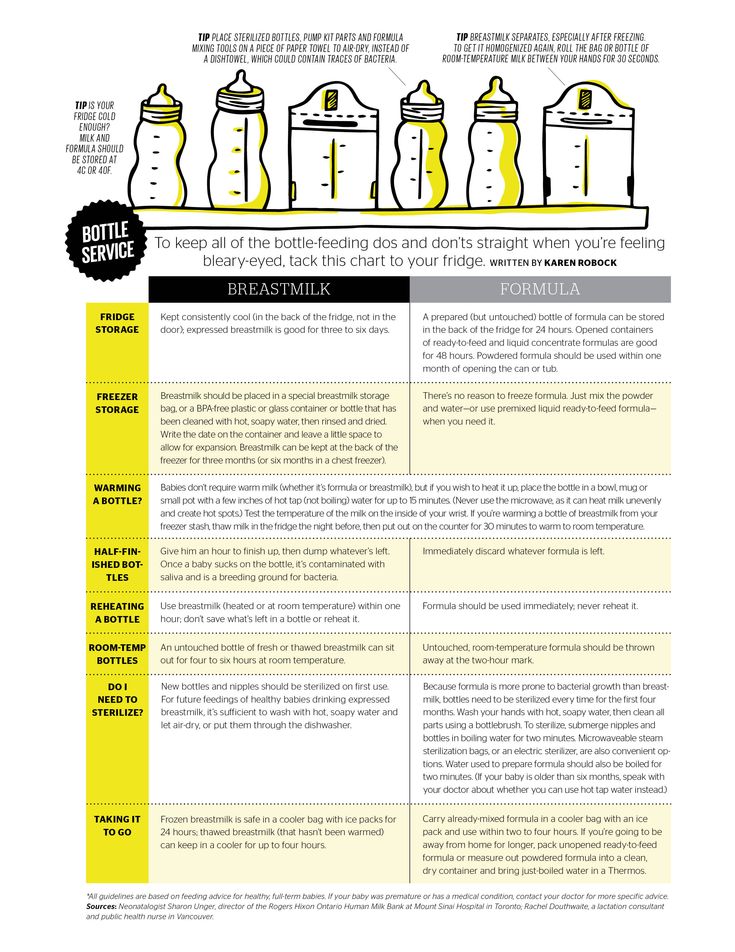 nine0003
nine0003
Bibikol New Zealand brand mix is produced on the basis of wholesome goat milk. The range of the brand includes mixtures for the smallest and older children, and the quality of the products is confirmed by Russian pediatricians. As a rule, formula feeding does not cause serious side effects even during the adaptation period.
The Dutch brand Kabrita also makes milk formulas based on goat's milk, which is easier to digest than traditional cow's milk. The brand's products contain vitamins, microelements and other functional ingredients necessary for the development of the child. nine0003
The mixtures of another Dutch brand, Friso, are considered among the best due to their high quality. The brand offers mixtures for both newborns and older children. Subject to the rules for artificial feeding, this is an excellent choice for babies of different ages.
2. How do I know if formula is right for my baby?
If possible, the transition to artificial feeding should be done according to the rules, gradually replacing breast milk with formula.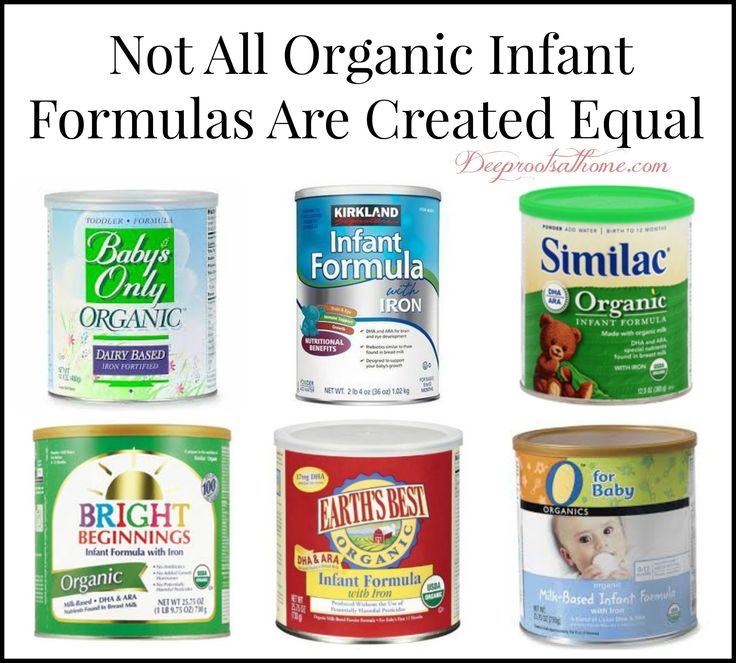 Pediatricians believe that adaptation to a new diet in babies under the age of one year takes from 3 to 7 days. During this period, stool changes, gas formation are possible, and this should not be frightened. As a rule, after a week, the baby stops worrying about the tummy and gets used to the new mixture. If this does not happen, it is worth choosing another food for him. For example, instead of the usual milk mixture, offer a fermented milk analogue. Major brands, like Nutricia's Malyutka, always have both options in their product line. nine0003
Pediatricians believe that adaptation to a new diet in babies under the age of one year takes from 3 to 7 days. During this period, stool changes, gas formation are possible, and this should not be frightened. As a rule, after a week, the baby stops worrying about the tummy and gets used to the new mixture. If this does not happen, it is worth choosing another food for him. For example, instead of the usual milk mixture, offer a fermented milk analogue. Major brands, like Nutricia's Malyutka, always have both options in their product line. nine0003
Formula milk can be used from birth
To improve digestion, a pediatrician can recommend fermented milk formula for formula feeding
3. How to choose a feeding bottle?
Feeding bottles are available in plastic and glass, and each has its own advantages, there are no strict rules for artificial feeding in this regard. Plastic ones are safer because they don't break. They are lighter, so it is convenient to take them with you for a walk.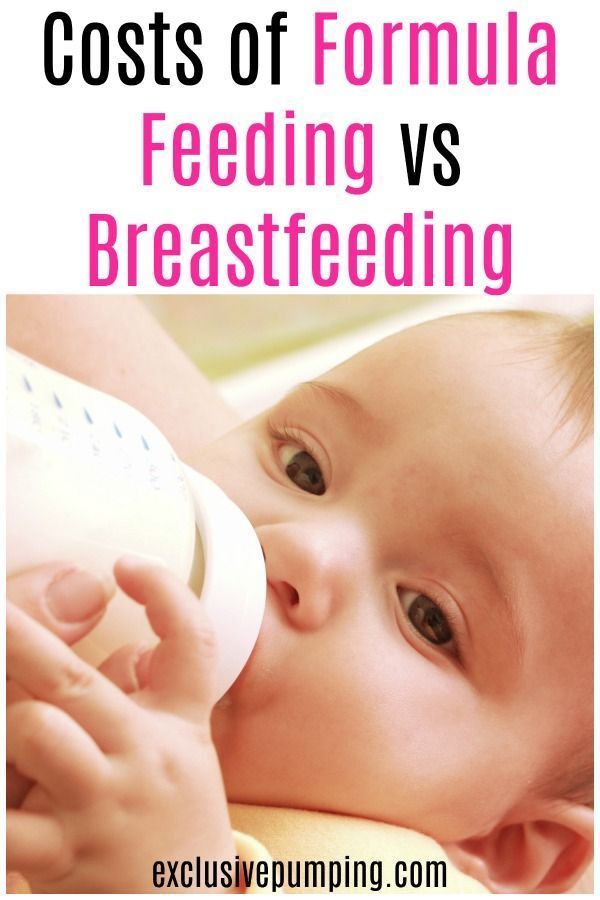 Glass is good because it can be sterilized many times, while plastic can deteriorate. Which bottle to choose for a newborn depends on the age of the baby. For the smallest, glassware is better, since sterility is in the first place. For older babies outside the home, it is better to use plastic bottles, but for home feeding, still leave glass bottles. nine0003
Glass is good because it can be sterilized many times, while plastic can deteriorate. Which bottle to choose for a newborn depends on the age of the baby. For the smallest, glassware is better, since sterility is in the first place. For older babies outside the home, it is better to use plastic bottles, but for home feeding, still leave glass bottles. nine0003
4. How to properly store baby food?
Prolonged exposure to non-standard temperatures, both low and high, can change the organoleptic properties of the product, affect its solubility, and cause swelling of the foil bag or the protective membrane of the can. In case of repeated heating and cooling of the mixture, especially in winter, further use of the product may cause a painful reaction in the child. Therefore, it is very important to observe temperature control from 0ºС to +25ºС. Formula feeding regulations do not recommend storing product near heat sources such as stoves, electric kitchen appliances, radiators, or on windowsills. nine0003
nine0003
5. How long can I keep formula formula?
Less than an hour. If the baby has not finished eating, and you intend to finish feeding him in 15-20 minutes, you can not prepare a new mixture. But if the baby has eaten enough, and the feeding regimen for artificial feeding provides for the next feeding only after 2.5 - 4 hours, then the leftovers should be poured out, and a new portion should be prepared for the next time.
6. Does my child need probiotic formula? nine0110
GOS/FOS prebiotics are natural dietary fibers similar in composition to breast milk prebiotics, they are added as high-quality mixtures to improve digestion. The child quickly and painlessly gets used to such a mixture, absorbs it well and encounters stool disorders less often. Rules for artificial feeding of newborns and older children recommend giving preference to such mixtures, although this is not a strict requirement.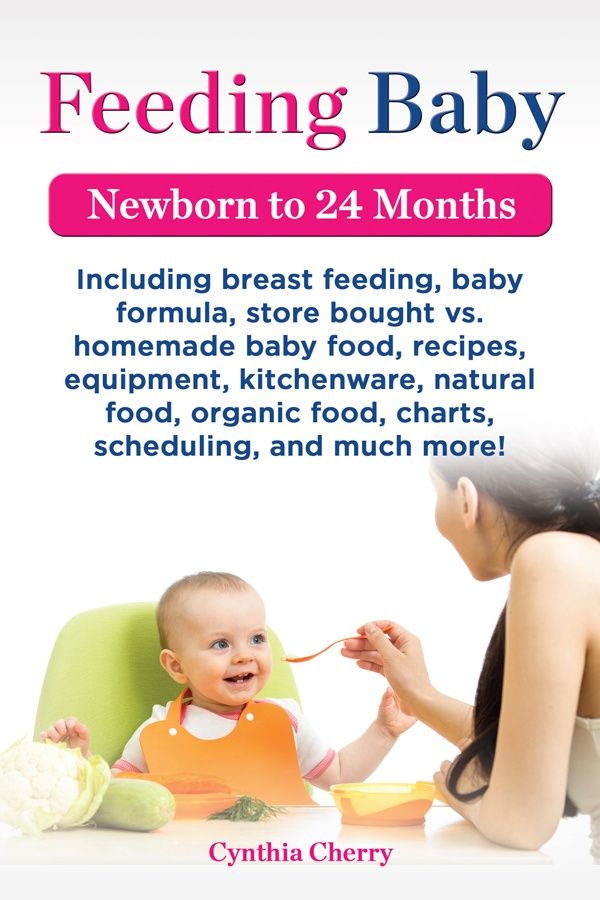
7. How do you know if your baby is eating enough? nine0110
You can use the Shkarin formula: The volume of the mixture per day = 800 ml + 50 x (M-2), where M is the number of months of the child's life. But this method is only suitable for babies older than 2 months. For newborns, everything is very individual, since babies are born with different weights and heights, so if you are afraid that the baby is malnourished or overeating, consult a doctor before feeding the baby formula again.
8. Should I change my formula?
If there is no reason to doubt the quality of the formula and its tolerance by the baby, you should not change the child’s usual diet just because the new mixture seems more useful, modern, etc. to you. Replacing the mixture can be a real stress for the child's body. And there is no guarantee that a new diet will not cause any signs of intolerance.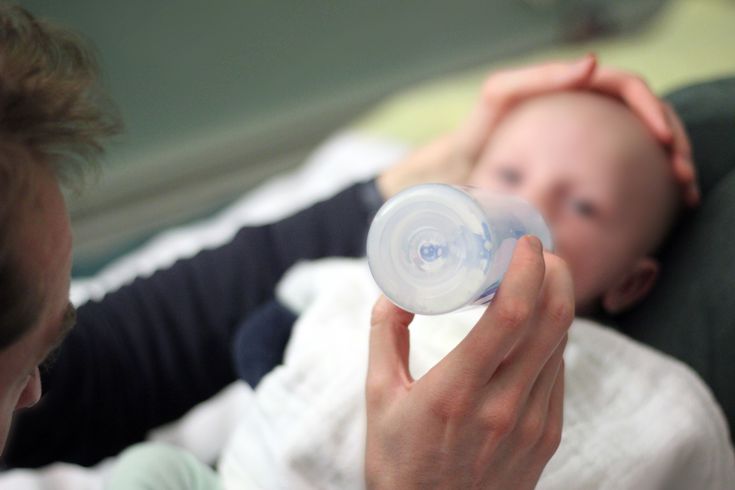 Replacing the mixture is justified when passing the next age limit, and even in this case, the rules for artificial feeding recommend remaining faithful to one manufacturer. nine0003
Replacing the mixture is justified when passing the next age limit, and even in this case, the rules for artificial feeding recommend remaining faithful to one manufacturer. nine0003
9. What is the correct way to mix?
According to the rules of artificial feeding, most mixtures are prepared as follows: boiled water is cooled to a temperature of 50-60 ° C (a higher temperature cannot be used, live bifidobacteria die and some vitamins are destroyed). Pour it into a bottle, add the exact amount of the dry mixture there. Close the bottle, mix the mixture thoroughly, shaking the contents of the bottle. Look at the light so that there are no lumps, the milk should turn out homogeneous. To check the temperature of the food - put a few drops on your wrist or elbow crease (the most sensitive place). The mixture should be slightly warmer than body temperature—i.e. practically not felt. nine0003
10. Technique and rules of artificial feeding
How to formula feed correctly? In order to make it comfortable not only for the baby, who should be in a semi-vertical position, but also for the mother during feeding, you can use additional pillows by placing them under the back.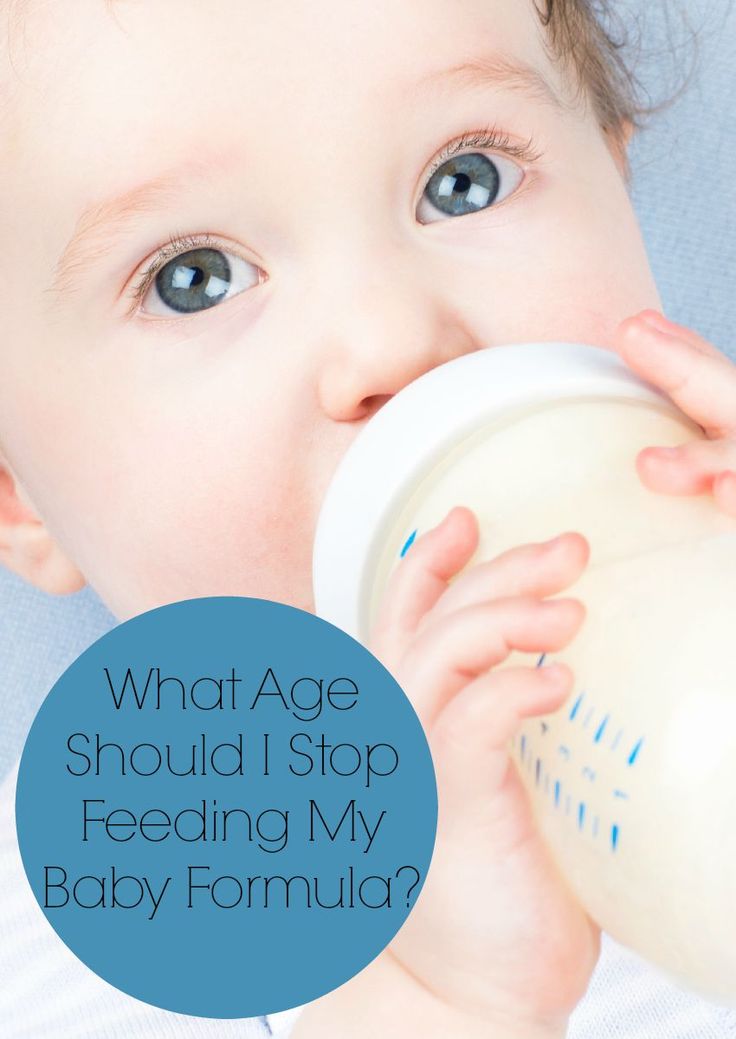 The position of the mother's legs can be different: you can put your foot on the foot, you can put a low bench under your feet, you can feed the baby in the prone position, while gently holding the baby. To reduce air swallowing, tilt the bottle so that the milk fills the nipple and the air rises to the bottom of the bottle. Hold your baby upright for a few minutes after feeding to reduce the chance of spitting up. nine0003
The position of the mother's legs can be different: you can put your foot on the foot, you can put a low bench under your feet, you can feed the baby in the prone position, while gently holding the baby. To reduce air swallowing, tilt the bottle so that the milk fills the nipple and the air rises to the bottom of the bottle. Hold your baby upright for a few minutes after feeding to reduce the chance of spitting up. nine0003
Mistakes in artificial feeding
- Blame yourself for being an "artificial" baby. Yes, mother's milk is considered the best food for babies, but if for some reason you cannot provide a child with them, this is not a reason to declare yourself a bad mother. Numerous children were bottle fed and did not experience any fatal consequences. Learn the rules of artificial feeding and follow them without blaming yourself needlessly.
- Feed on demand. Artificial feeding rules suggest feeding by the hour, not on demand.

Learn more

